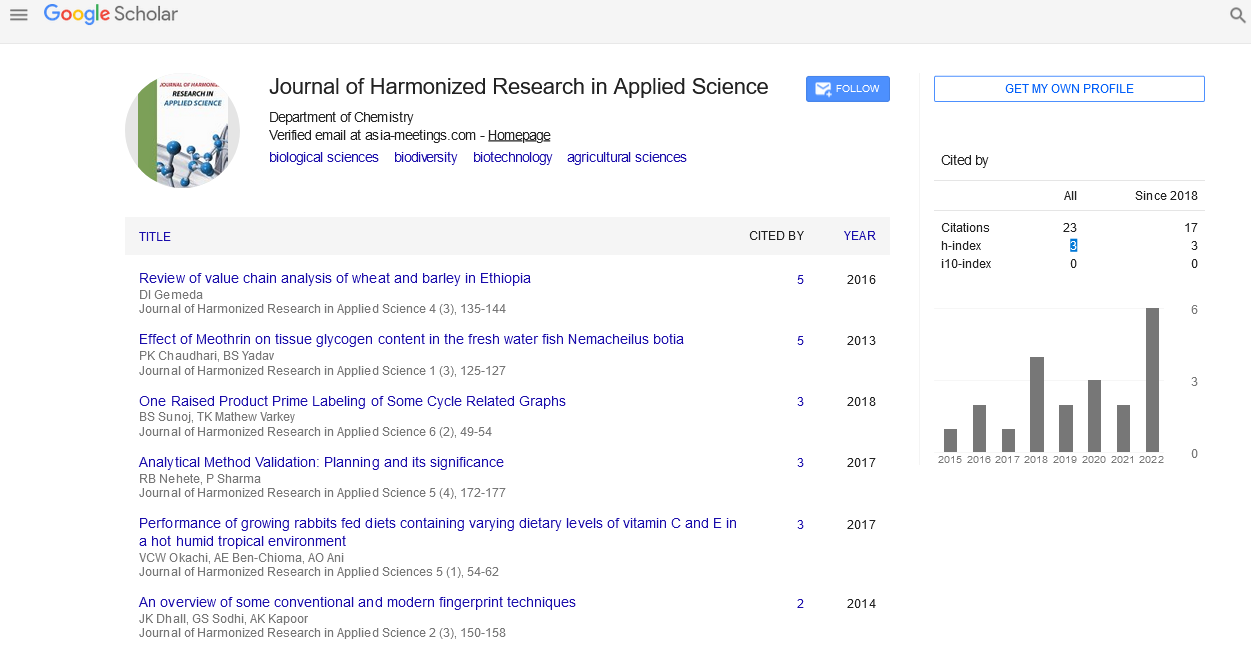Commentary - (2021) Volume 9, Issue 2
SHORT NOTE ON DRUG HYPERSENSTIVITY REACTIONS
Hoon Kim*Received: Dec 02, 2021
Description
Anti hypertensives are a class of medications used to treat high blood pressure (high blood pressure). Antihypertensive therapy aims to avoid high blood pressure consequences such as stroke and myocardial infarction. Evidence suggests that lowering blood pressure by 5 mmHg can reduce the risk of stroke by 34%, ischemic heart disease by 21%, dementia, heart failure, and cardiovascular death. Antihypertensive are divided into several categories, each of which lowers blood pressure in a different way. Thiazide diuretics, calcium channel blockers, ACE inhibitors, angiotensin II receptor antagonists (ARBs), and beta blockers are among the most significant and extensively used drugs.
Several big studies and national guidelines have been conducted to determine which type of drug to use first for hypertension. The primary goal of treatment should be to prevent critical hypertension outcomes such heart attack, stroke, and heart failure. The patient’s age, accompanying clinical problems, and end-organ damage all factor into the dosage and type of drug prescribed. The adverse effects, effectiveness to prevent endpoints, and cost of the various antihypertensive classes vary. The use of more expensive drugs when less expensive ones would suffice could have a negative influence on national healthcare expenditures. As of 2018, the best available evidence supports the use of low-dose thiazide diuretics as the first-line treatment for high blood pressure when other medications are ineffective. Although clinical data demonstrates that calcium channel blockers and thiazide-type diuretics are the most effective and cost-effective first-line therapies for most people, NICE in the UK recommends an ACE inhibitor for those under 55 years old. An immune-mediated reaction to a drug is known as drug hypersensitivity. Rashes, anaphylaxis, and serum sickness are among the mild to severe symptoms. The diagnosis is made clinically, with the help of skin tests on occasion. Drug cessation, supportive treatment (e.g., antihistamines), and sometimes desensitisation are all options for treatment.
Drug hypersensitivity is distinct from the drug’s toxic and unpleasant effects, as well as difficulties caused by drug interactions. Some protein and big polypeptide medicines (for example, insulin and therapeutic antibodies) can promote antibody synthesis directly. Most medications, including peptides incorporated in major histocompatibility complex (MHC) molecules; act as haptens, attaching covalently to serum or cell-bound proteins. The binding makes the protein immunogenic, triggering the formation of antidrug antibodies, T-cell responses to the drug, or both. Haptens may also attach directly to the MHC II molecule, causing T lymphocytes to become activated. Some medications have a prohapten effect. Prohaptens become haptens when they are degraded; for example, penicillin is not antigenic in and of itself, but its principal breakdown product, benzylpenicilloic acid, can bind with tissue proteins to create benzylpenicilloyl penicillin.
Substance allergies have diverse symptoms and signs depending on the patient and the medicine, and even the same drug might induce distinct reactions in different people. Anaphylaxis (type I hypersensitivity reaction) is the most serious; exanthema (e.g., morbilliform eruption), urticaria, and fever are also prevalent. Fixed drug reactions, which occur at the same body site every time a patient is exposed to the same drug, are rare. Any unfavourable reaction to a medication is referred to as an adverse drug reaction. Type A and type B adverse medication reactions are the two forms of adverse drug reactions.
Type A adverse medication reactions account for 85 to 90% of all adverse drug reactions. These can harm everyone given enough dose and exposure, and they are predictable from one person to the next.
Reactions of type B are hypersensitivity reactions. They account for 10 to 15% of all adverse medication responses, occur in a vulnerable subset of patients, and exhibit signs and symptoms that are distinct from the drug’s pharmacologic effects. Immunologic and/or inflammatory mechanisms mediate the vast majority of hypersensitivity reactions. There are also idiosyncratic medication reactions and excessive sensitivity reactions, which appear with symptoms that are not related to the immune system or inflammatory cells.










